At the end of the 19th century, Malay opera and stambul comedy were held almost non-stop in the northern corner of Surabaya. French and Italian opera actors, American magicians, British circus performers, and acrobat players from Japan and Australia were brought to Surabaya via Tanjung Perak Port. The traveling show- men stopped in almost every port of the world that was opened, and were hastily polished by colonial desires. They were brought in to entertain and delight people who were said to come from the “first world”, in a place that is nicknamed arbitrarily as the “third world”.
At the same time, an operator of a motion picture screening program was among the artists of the show. The operator did not take his eyes off a large wooden box that contained projector equipment, so as not to be confused with the equipment of the performing artists on the same boat. He was not involved in “acrobatic” conversations with performance artists, but he knew that the new medium that he brought would disrupt the established show business and classic entertainment. Once the operator stepped on the harbor, he already knew where he was going to do his first screening program. The difference was, he did not even comb the small towns and remote villages as did the traveling artists. The operator only stopped at big cities that were ready for the arrival of the new medium he carried.
He was Louis Talbott, a French photographer who obtained permission from the colonial government to do the first commercially motion picture screening in Surabaya in the mid to late April 1897. He conducted a screening program at the Surabaya Theater (Schouwburg) building located in a European residential area in Surabaya. The luxurious theater, that was built at a cost of 55 thousand gulden, was the only building that already had a motion picture player.
The Talbott screening program began by playing a documentary about European merchant ships that landed in the Dutch East Indies, where one of the scenes in the film was believed to be recorded by Georges Méliès–a stage magician and illusionist from France who was just beginning to try another fortune in his career as a filmmaker. The program continued with the screening of documentary films made by Talbott himself while traveling around Java and Sumatra in October 1896, or only ten months’ difference since the Lumierre Brothers released the world’s first commercial film screening on December 28, 1895 in France.
Talbott’s premiere was successful. The definition of performance art began to falter, the stiff face of Surabaya also began to change. Compared to the famous cosmo- politan and “government seat” Batavia, Surabaya was only known as a trading city and a Dutch military base. One of the things that made us pause when condemning the Dutch colonial occupation was, perhaps, because Tanjung Perak Port turned out not only to act as gateway that takes away the most lucrative commodities from the archipelago to be sold with almost unlimited accumulated value in other parts of the world. Tanjung Perak–as a port that is loyal to anyone who wants to take anchor to sail or to anyone who wants to lean on it–is also an entry point for human achievements from other parts of the world; the entry of moving image recording and player technology made Surabaya one of the cities that became the initial location for the screening of moving images in Asia.
Shortly after the premiere at the Surabaya Theater, other screenings building began to appear. A Chinese gemstone entrepreneur in the Kapasan Market made a screening building named Kenotograph. Surabaya Theater may be proud of luxury buildings, qualified lighting, and smooth air circulation, but Kenotograph confidently offers other things: new furniture and variations in ticket prices. If Surabaya Theater had a fix rates at 1 gulden, Kenotograph was only half; there was even a choice of 25 cents for third-class seats.
Watching motion pictures became a new activity. The elites of the colonial government, aristocrats, local priyayi and Asian immigrants in Surabaya began to love this new klangenan (hobby). Outside the theater, they were amazed by the movie projector made by the Lumiere Brothers (cinematographe) that were able to produce vivid images after being projected onto a screen. “We are not disappointed, and really enjoy what we see inside,” one of the viewers told the December 23, 1909 edition of the Soerabaijasch Handelblad newspaper. The audience did not fully understand, but the experience of watching moving (or live) pictures provided an opportunity to guess the times which continually make civilization shocks–such as the presence of a printing press that contributed to the spread of ideas about political entities. People who did not get or were not allowed to watch in the theater because they came from a low social class began to grumble. Screening venues outside the luxurious theater began to be initiated by Chinese and Indian businessmen who saw the economic opportunities of this lucrative entertainment business. The screening place was not only about the building; canvas and bamboo tents for screening began to be made. The radical change to the screening venue was a response to circumventing the space which in fact had an effect on urban planning, transportation, and taxes for public entertainment during the colonial period.
We further knew that the film Talbott brought had become a marker of the times. He entered from the port of a big city called Surabaya, breaking down the chain of events ranging from the production of motion picture player technology in the middle of World War I, to the growing interest of people in a new medium that made the screening program an entertainment choice in the colonial era. The rise in the screening business in Surabaya, ranging from canvas and bamboo tents to luxurious buildings that stimulated spectator mobility, gave us clues about the early evolution of the urban landscape of the city of Surabaya and its identity politics which had not always been successfully carried out by the Dutch colonial government.
Guest From Outside The Port
More than one century later since Talbott set foot in Surabaya, Tanjung Perak and film still act as a bridge connecting historical ties between Indonesia and the Netherlands. It is Yunjoo Kwak, an artist from South Korea who lives in Rotterdam, who tried to unravel the historical bond. She also tried to unravel the building of historical narratives across various disciplines– a process which certainly had the risk of becoming “eclectic” narratives, that revolve around the practice of mix-and-match only because of a lack of knowledge and an inability to articulate what needed to be further studied in her research.
Through “Only The Port are Loyal to Us”, Yunjoo provided an opportunity for us not to be easily tempted into retrospective patterns like those offered by historical films—or when many parties claim that historical films were limited to “films that presented something that had already been past”. That the evidence that could still be referred to today made us understand the extent of the boundary line between events, stories, archives, documents, and allegorical reflection in the film.
Instead of choosing a narrative form, Yunjoo presented an experimental documentary which she composed by collating footage about Tanjung Perak past and present. Yunjoo let the film joked through silence supported by animation and scoring for almost the entire duration. Yunjoo, it seems, wanted to share the visual experience in her understanding as an advanced stage–where the public watching not only enjoyed visual presentation, but also reviewed what was trying to be displayed visually. Such visual experiences were important today because it was like drawing us back to the debate about how “truth” works.
I refreshed our memory a little about the philosophical debate between the correspondence and coherence theories of truth. If the correspondence theory of truth was that the truth must be in accordance with the reality out there, then the coherence theory of truth saw that the truth was something that was intact in its own structure without having to match the reality out there. To enrich the debate I also included the concept of nonrepresentational understanding of truth or infinitive truth: that all forms of knowledge had the same degree of truth. My aim in presenting this philosophical debate is to make us understand the way of viewing the concept of truth which is still limited by a jumble of entities.
“Only The Ports are Loyal to Us” was a story bridge that connected collective memory of events from colonial times to the present day. About how the subject-object relationship that, despite the differences of time and distance, still had the opportunity to guess what had happened in the past and its influence in the present. As a bridge to the story, Yunjoo’s work was a link that leads us to look back to something that was never really clear: history. I used the word “bridge” as a metaphor such as how Yunjoo chose “port” and “film” in her role as a connector, or in this case, maybe, we could agree to use the word medium.
As a medium, Yunjoo should realize that it was impossible for her to cover all the details of events and “truths” such as how unilateral claims to history were impossible to be free from certain narratives. Conveying historical “truths”, as I know them and studying them, would never be able to match the details of historical events themselves–so that any attempt to unmask history that was claimed to be “truth”, that was exactly the same as historical events itself, was almost impossible. At this point, the medium only helped us to refer to events and guess the level of information conveyed as the pieces that complete to be read or reconstructed it, not to be believed as the only “truth” information of history.
When it came to this stage, the film medium, as chosen by Yunjoo, became relevant to be discussed as one of the speaking choices. It presented the possibilities to avoid being trapped as we read historical texts that were considered monumental and authoritative. That history could be conveyed in a flexible manner, involving everyday and trivial matters. Even at some point blurred between what was documentary and fiction–provided that this blurring of boundaries was interpreted as an effort not to rush to assume that what was conveyed through the medium was complete and absolute truth.
Yunjoo, and perhaps, those of us who witnessed Yunjoo’s work, were guests from outside the port who had the opportunity to observe clashes of historical and past texts. Through a metaphorical presupposition that could be called a port or a bridge that was dubbed into the medium of film, we were not in axiomatic experience, but rather a liminal one. The experience of being in the liminal space gave us the status of ambiguity: that was not located “here” or “there”. This state of being made us a guest, a stranger, who was entitled to get and process the story, but had no right to claim to be the one who knew the truth about the story.
This status also could later be used as a critique of the workings of history when determining objectivity and restoring it into various medium choices. As Julian Barnes once wrote in one of his novels that, “History is certainty that results when memory imperfections meet with a lack of documentation.” That sometimes history was considered certainty right when its own footing was incomplete. That Yunjoo herself must also be prepared to accept criticism and be able to articulate her ideas about history based on the linking of memories and colonial heritage monuments that bridge Indonesian-Dutch relations, right at a time when the medium could only display fragments of truth.
By choosing a film medium over other media choices, Yunjoo should also have moved away from what Talbott did when he first conducted a screening program in Surabaya. It was not enough to just document the hustle and bustle of the ships at the port and their journey from the Netherlands to Indonesia. It was not enough just to do a screening and exhibition program. She also had to be critical about the colonial practices and perspectives which to these days still plague European societies and transmit them to Asian communities, especially with regard to managing documents, archives and their convenience as an authoritative spokesperson of history.
*This text is the original version of “The Port Remains the Same” written by Yogi Ishabib, and is part of Yun Joo Kwak’s exhibition titled “Only The Ports are Loyal to Us” This work has also been published on the official website of the East Java Arts Council (DKJT).


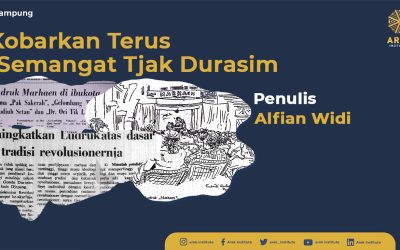
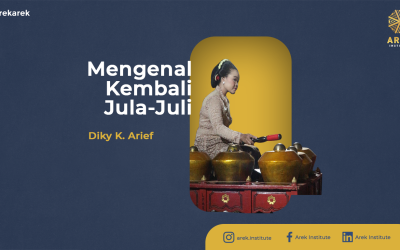

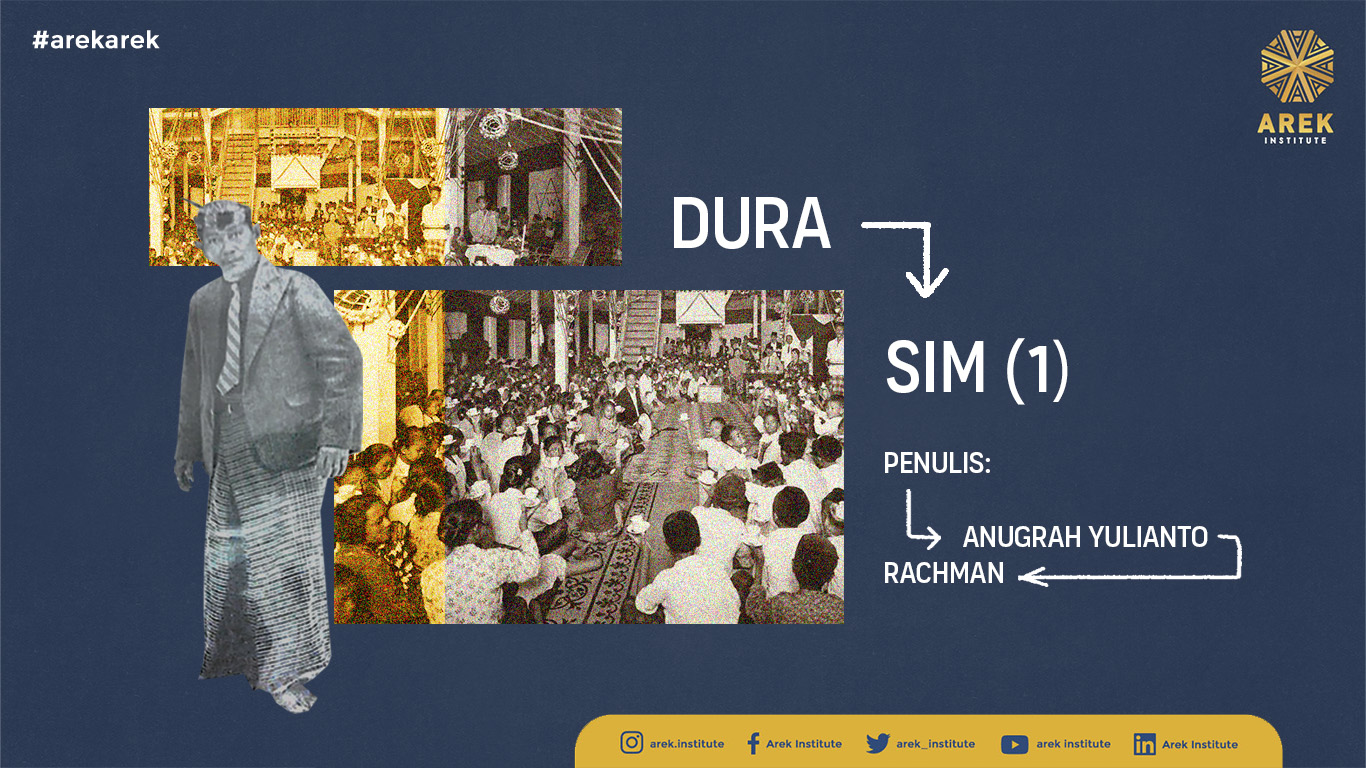
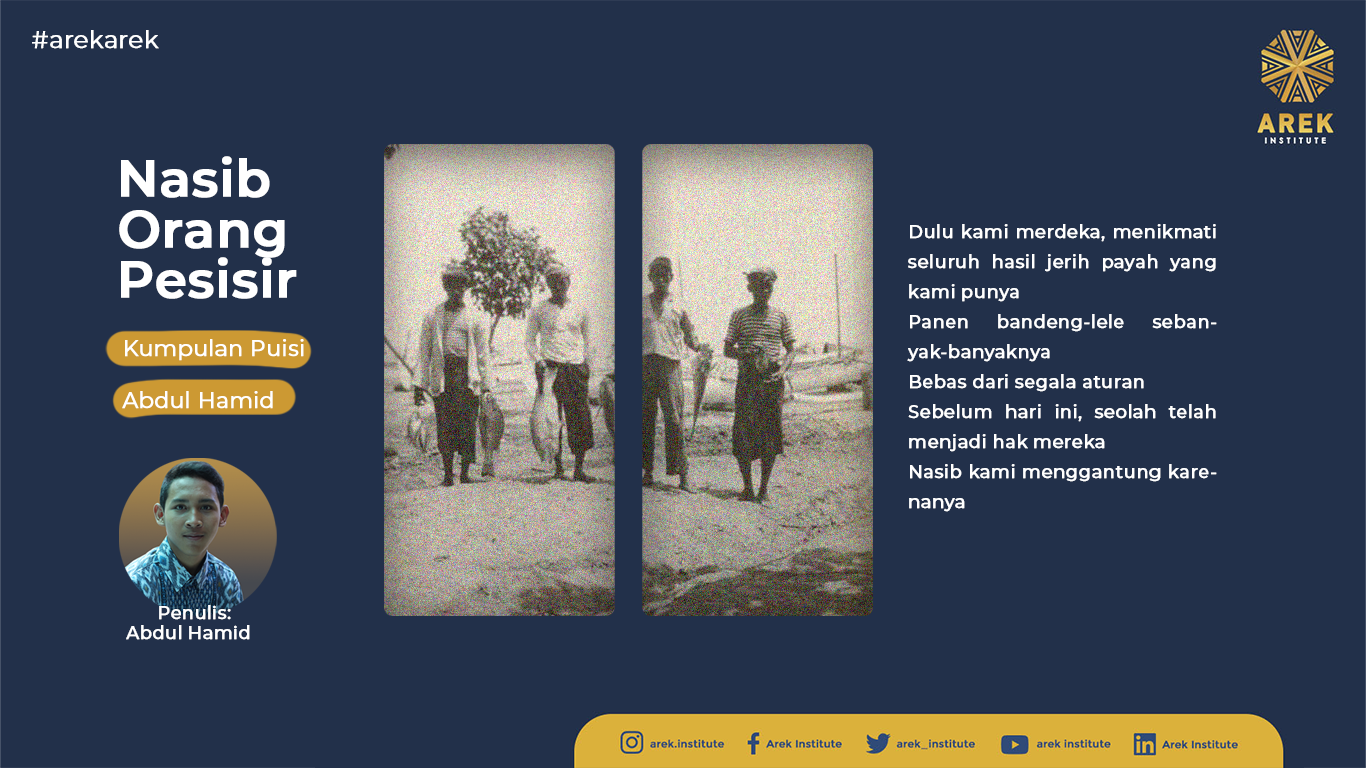
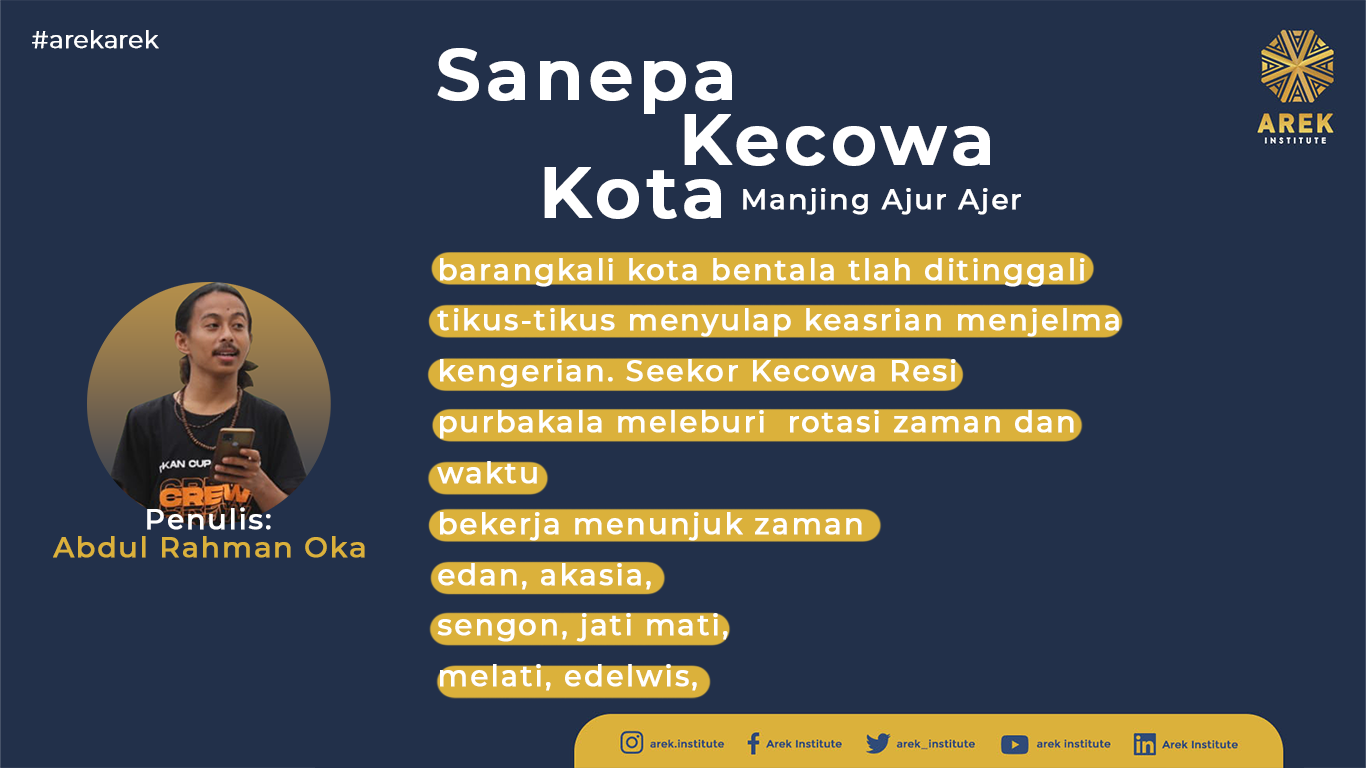
0 Comments